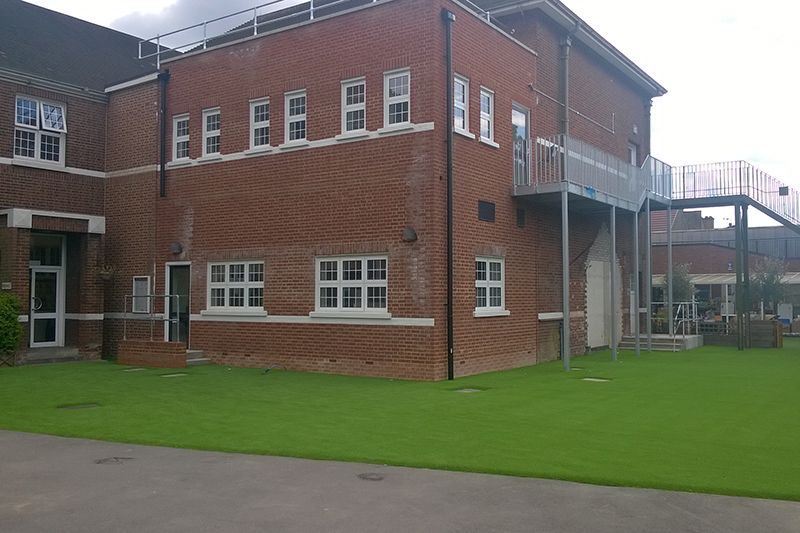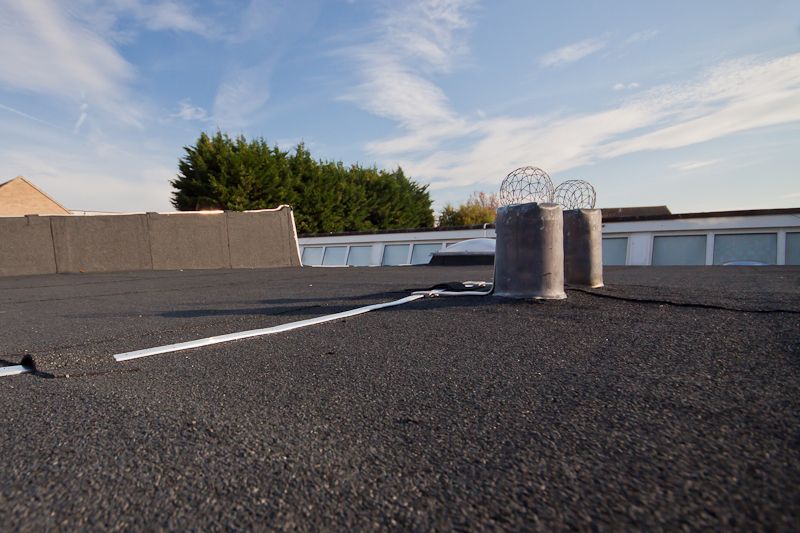Tag: CIF
CIF (Condition Improvement Fund) is a government fund for the improvement of school buildings.
Many academies have inherited buildings from converter schools which are no longer in a workable condition. The ESFA controls CIF. Academies can apply for a share of an annual budget. They can then use the money to make make the required improvements.
Condition is one if the key criteria for success. Examples include schemes to replace or renew areas where safety is compromised, or where the building will suffer further deterioration if the academy takes no action. Alternatively, overcrowding is another reason for an application. Some academies already have a problem with overcrowding. Others need to expand, but the building is unable to accommodate more students.
How do Academies access CIF money?
Academies must submit a bid with extensive details and plans of the proposed scheme. This includes a feasibility study and projected costs, including the cost of no action. Costs are not always financial. Where safety is compromised, the cost of no action is potentially much higher.
The application process itself can be a daunting prospect. The academy must prepare a number of documents and have supporting information ready to back up their claim.
Acadmies may of course prepare their own application for the ESFA to consider. However, many engage the services of architectural/surveying practices such as Munday and Cramer. This Essex-based practice use their considerable skill and experience to work with the academy and prepare the bid for submission.
Academy best practice is to have a 5 year asset management plan in place. This document can form the base of supporting evidence for a CIF bid. Surveying practices can help with the preparation of these if required. They will also manage the planning process for a bid if necessary.
A collaborative partnership is formed between practice and academy and bid preparation, is completed free of charge to the academy. This is on the understanding that the practice will manage works resulting from successful bids, thus earning a fee.
What cost to the academy themselves?
Academies must fund a portion of the costs themselves, either through capital expenditure, or via Salix loans. However, some types of works do not qualify for Salix. A good surveying practice will certainly be able to advise schools on what is and isn’t viable.
The Department for Education made available just under £450 million for the 2024 to 2025 CIF round. The programme has funded 866 projects at 733 academies, sixth-form colleges and voluntary-aided schools.





